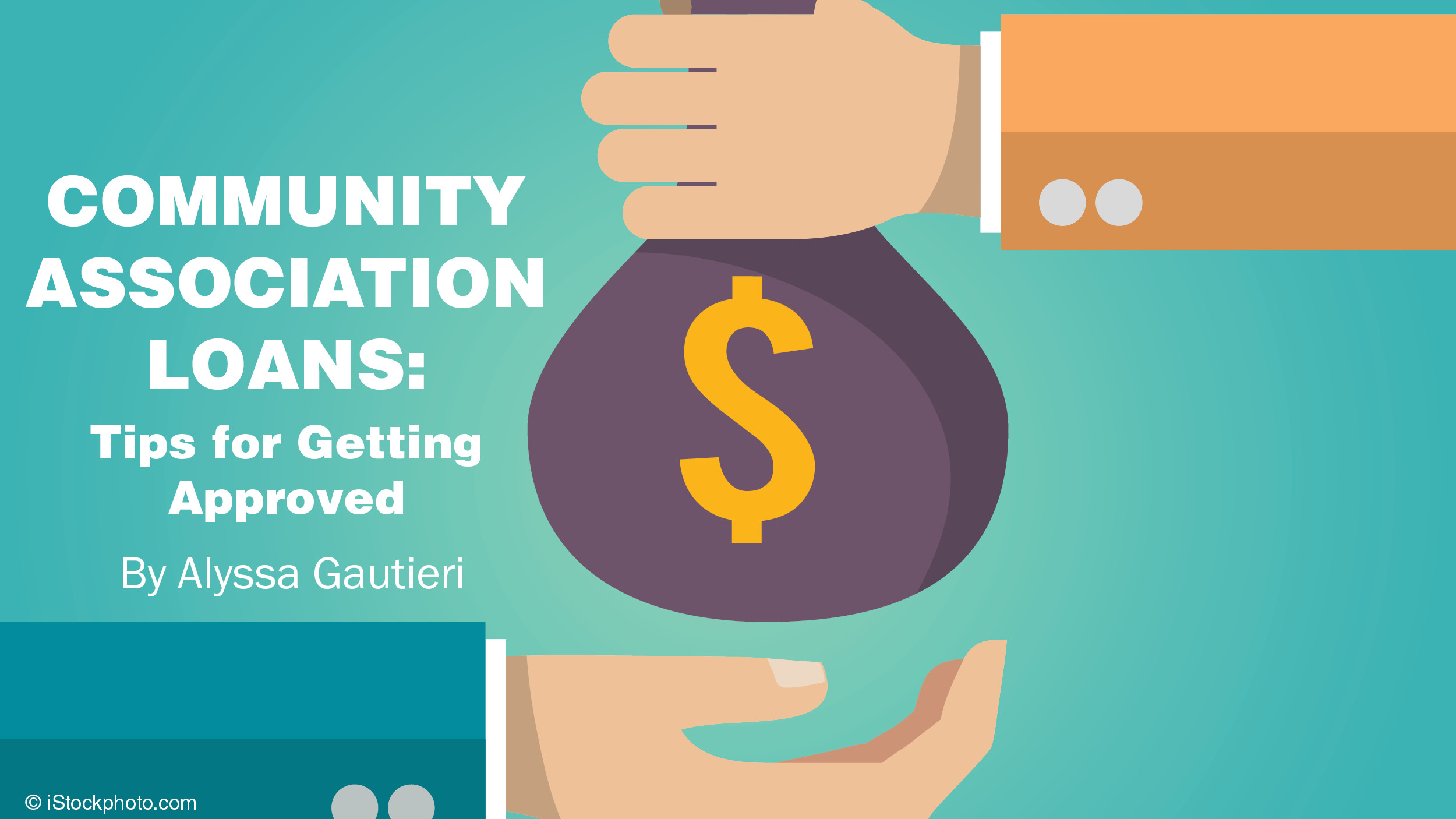
Community Association Loans: Tips for Getting Approved
Does your community require a major repair, such as new facade, windows or roofs? Major repairs can be extremely costly. Luckily, loans are available for community associations that require funds for a particular project or repair. We spoke to Jared Tunnell, Senior Vice President at National Cooperative Bank to learn more about community association loans and what steps condominium and homeowner associations should take before acquiring a loan.
If an association thinks they may need a loan for a particular project, Tunnell believes it is essential to start the conversation early. “Begin a dialogue with your bank, attorney, and engineers in order to understand what steps you will need to take,” he said. According to Tunnell, an association must identify which projects need to be addressed with financing, determine the size of the project, and predict the estimated cost. In order for an association to determine the proper amount to borrow, they have to start with a reserve study or an engineer report that identifies the scope of the work that is necessary. More fundamentally, an association must perform frequent and regular audits and reserve studies, as well as have professional management.
However, it is possible that an association may be declined for a loan. “Most of the time if an association gets denied financing, it is due to a lack of community engagement, delinquencies or low owner occupancy,” said Tunnell. In the case of community engagement, banks have noticed that the community has not increased maintenance, funded reserves, voted to get a loan, or helped the board to make necessary changes.
Typically in the case where there is lack of engagement, a community may get into a situation where there is too much to be done and a loan will simply not be enough to wholly repair the community.
Every bank has an acceptable limit of association fee delinquencies. This limit is typically somewhere between 10-15 percent of your budgeted income for the year, said Tunnell. If an association exceeds this percentage, it may be challenging for them to receive a loan. A bank looks at the level of delinquencies of the association since the income stream of the association is the primary source of repayment of the loan.
Another reason an association may be rejected for a loan may be that the community has a high number of foreclosures. Tunnell said, “Typically if a unit is vacant, it is because it is being foreclosed. A high delinquency rate, even if it is not above the bank’s limit, may cause a bank to pause and think ‘does this community have a proper collections policy in place?’”
According to Tunnell, a term loan is the best type of loan for a community association. A term loan has a beginning and an end, meaning it may be paid off over a course of time, whether that be 3 years, 5 years, 10 years, etc. and has a fixed monthly payment, which is a plus for budgeting. Banks do often provide a construction draw period for a project before the fixed loan is final.
The most essential steps before acquiring a loan are to start communication with banks early, perform regular audits and reserve studies, have professional management, and ensure that your community has high engagement with their financial position.